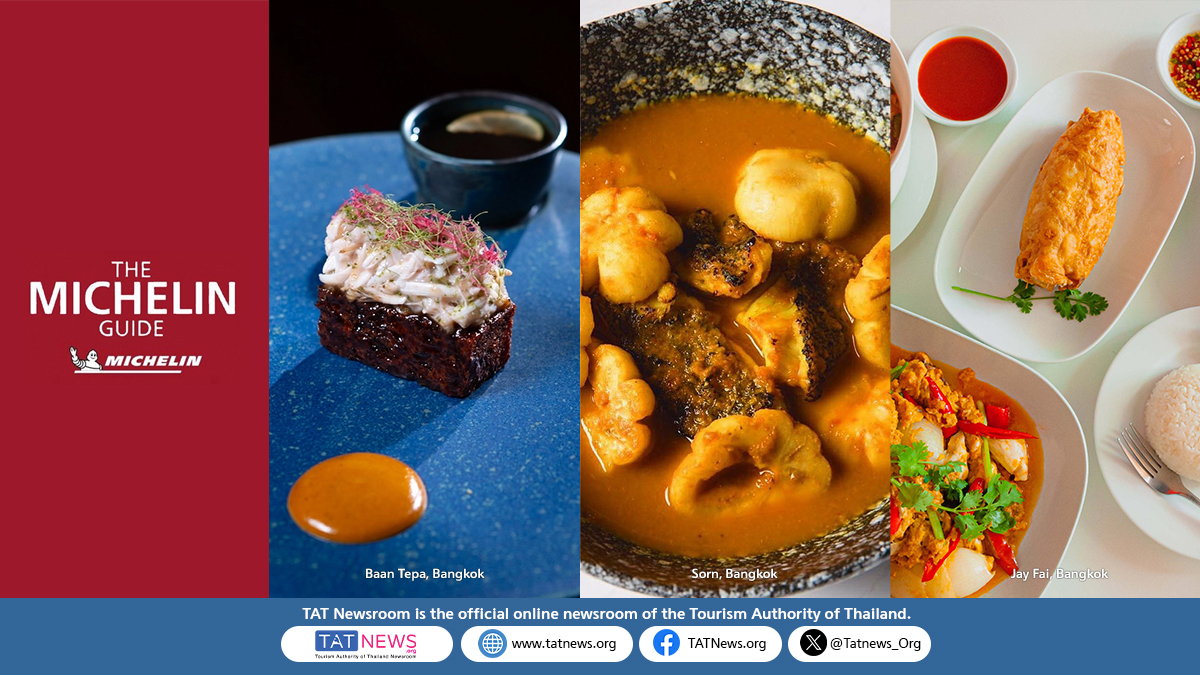The aroma of wok-fired spices and fresh herbs has long been synonymous with Thailand, a country whose street food culture is already legendary. But ever since the Michelin Guide arrived in 2017, Thai cuisine has undergone a quiet yet profound transformation, one that transcends the glittering façade of fine dining.
In partnership with the Tourism Authority of Thailand (TAT), the Guide was brought in not just to highlight the country’s best restaurants, but to formally establish Thailand as a world-class gastronomic destination. What has resulted is an exciting revolution that is elevating quality across the entire food chain, injecting economic vitality into local communities, and championing sustainable, locally sourced ingredients. The Michelin Guide has played a significant role in this change, elevating Thai cuisine on the global stage and highlighting Thailand’s food heritage.

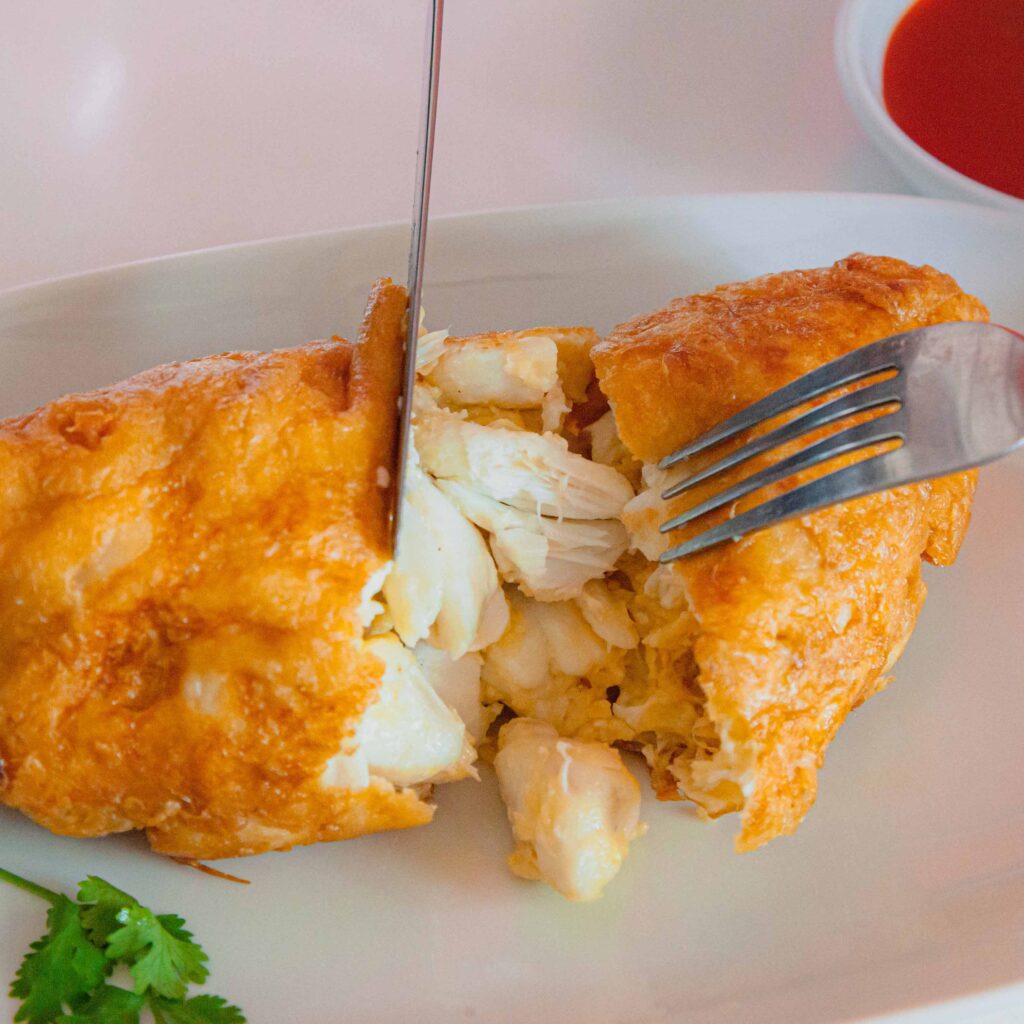
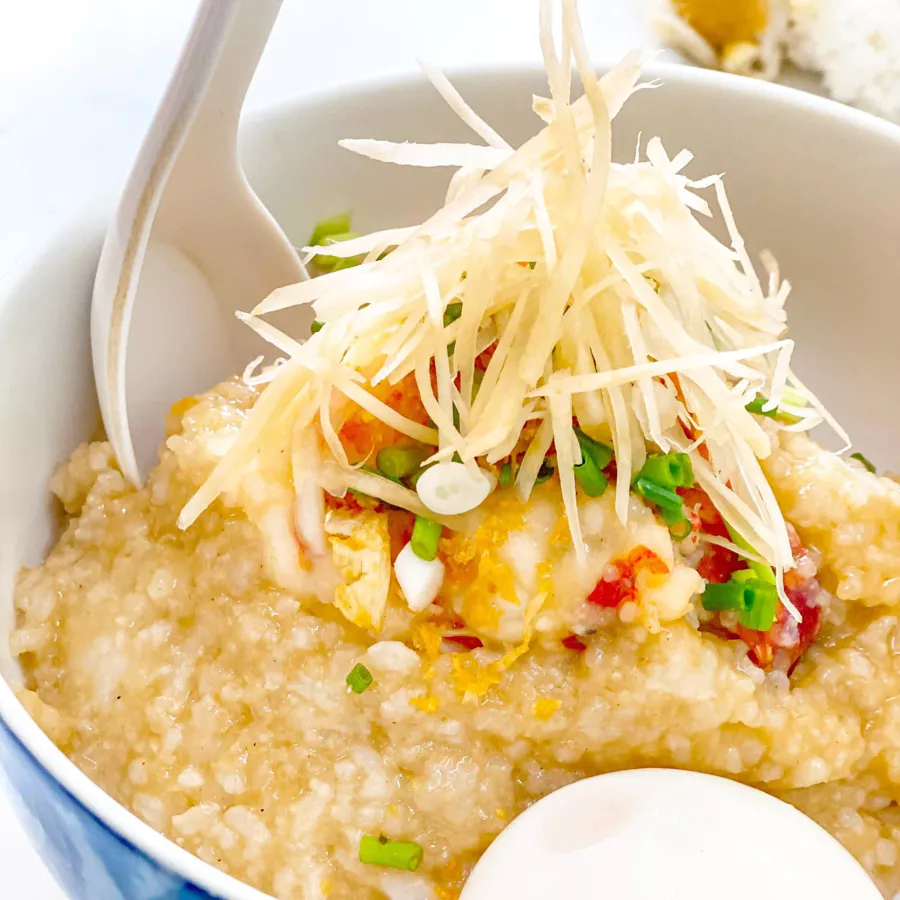
The most immediate and noticeable impact has been the surge in gastronomic tourism. The Guide’s influence has placed Thailand, already a tourism powerhouse, firmly on the global culinary map. International visitors are increasingly viewing the country as a distinctive culinary destination, with survey data showing a high willingness to both revisit and recommend Michelin-rated establishments. This effect isn’t confined to Bangkok’s high-end venues; the inclusion of street food legends like Jay Fai, whose iconic crab omelet earned her eatery a coveted star, underscores the democratic quality of Thai gastronomy. It proves that epicurean excellence can be found anywhere in Thailand, making everyone part of this global culinary movement.
However, the most profound impact is found in the kitchens, where the Guide’s rigorous criteria, especially the emphasis on the quality of products, have spurred a collective shift toward hyper-local sourcing and sustainable practices. This movement is epitomised by the Michelin Green Star, an award recognising a restaurant at the forefront of sustainability. Establishments earning this distinction have become leaders in a ‘soil-to-plate’ philosophy, a concept that focuses on the entire journey of a dish’s ingredients—from the soil where they are grown to the plate where they are served—ensuring the highest quality and minimal environmental impact.

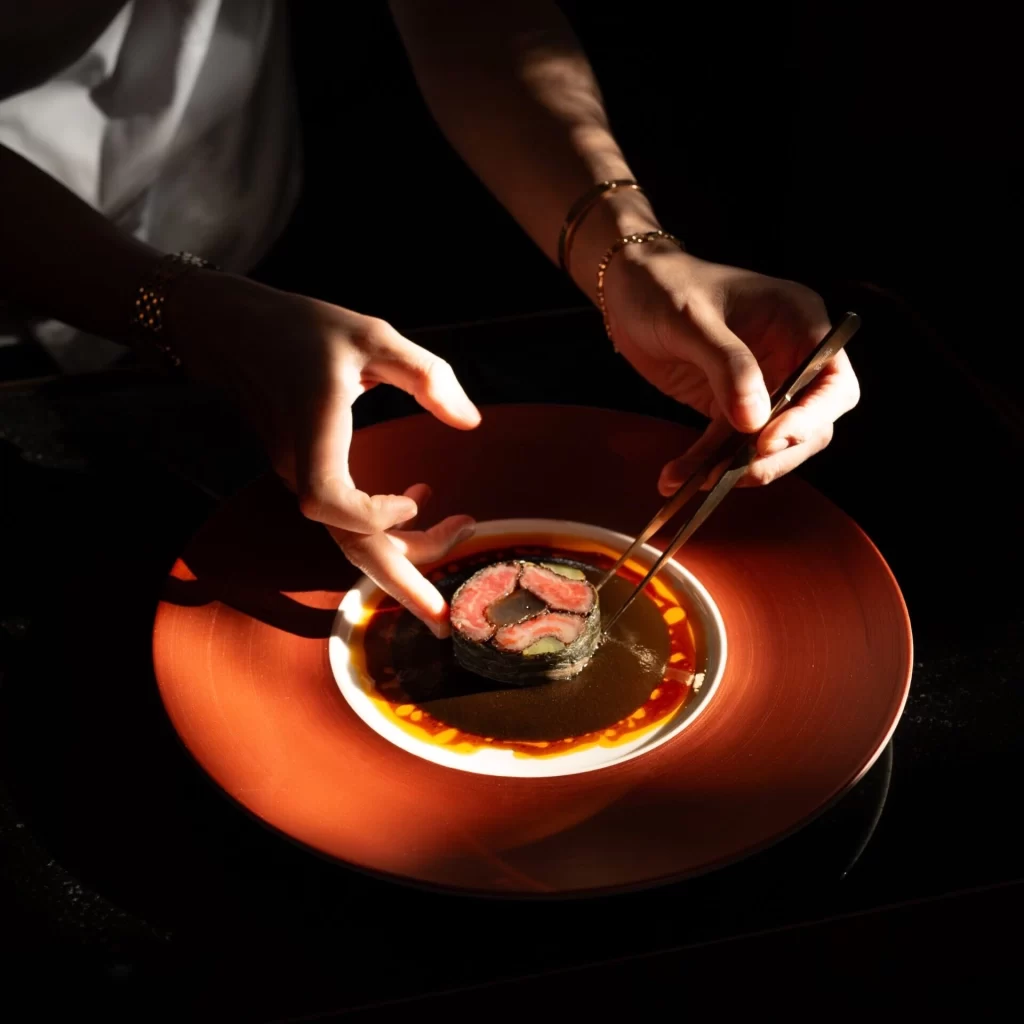
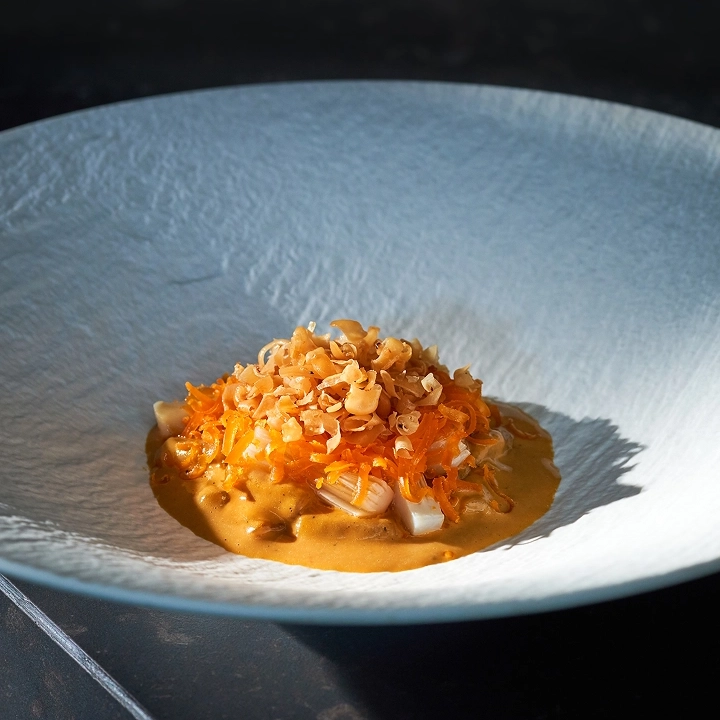
Take, for example, Baan Tepa in Bangkok, a two-Michelin-Star and Green Star recipient. Chef Chudaree Debhakam has woven a robust farm-to-table ethos into her contemporary Thai cooking, which literally begins in the restaurant’s on-site garden. Ingredients are not just sourced locally; they are part of a closed-loop system in which kitchen scraps are composted and repurposed, ensuring nothing goes to waste and that the restaurant operates in harmony with its environment. This commitment transforms the restaurant from a mere dining room into an agricultural advocate, actively minimising its environmental footprint and elevating its commitment to fresh, seasonal ingredients.
It is a philosophy of localism that extends far beyond the metropolitan fine-dining scene, creating a powerful economic ripple effect that reaches deep into rural communities. Chefs are increasingly rediscovering and elevating near-forgotten regional heirloom produce and heritage recipes. This demand for the highest-quality, chemical-free local ingredients has provided a crucial lifeline to small-scale farmers and producers, inspiring a new wave of economic stability and pride in these communities.

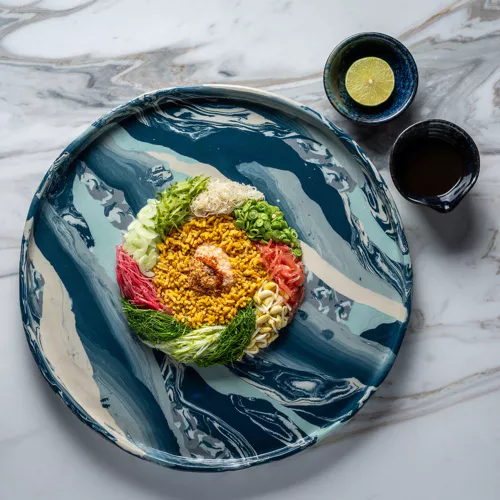

In Chiang Mai, for instance, a couple running a farm there supplies specialised, organic produce, including rare vegetables and edible flowers, to several top-tier Michelin restaurants across the country, like the Southern Thai powerhouse Sorn. These chefs now partner directly with small farms, helping to fund and develop specialised crops that were once imported. This relationship ensures the raw product’s absolute freshness and traceability while simultaneously providing farmers with a stable, high-value market. It’s a virtuous circle whereby the chefs gain unique, premium ingredients that reflect a true sense of place, sparking intrigue and a desire to explore Thai cuisine. In turn local Thai communities gain economic stability and renewed pride in their agricultural heritage.
Ultimately, the Michelin Guide’s presence in Thailand is about more than critical acclaim or the prestige of a star. It has acted as a catalyst, pushing Thailand’s vast and diverse food business toward higher quality, greater environmental consciousness, and a deeper, more equitable relationship between the country’s dining rooms and the nation’s agricultural heartland. The Guide has helped Thai cuisine find a new, sustainable voice, celebrating its past while securing a prosperous future for its food and its people.
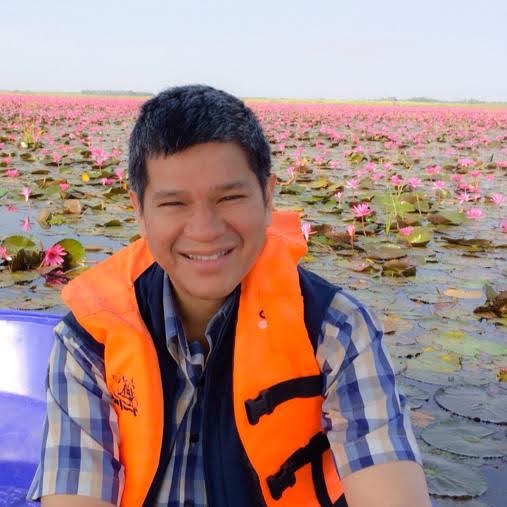
About the Author
“Frequent foodie and occasional craftsman of travel stories, Chattan Kunjara Na Ayudhya (Chat) draws on his nearly 4 decades of promoting Thailand’s tourism industry to highlight everything from world-class attractions to hidden gems. When not writing stuff, he makes it a mission to catch rom-coms and DC superheroes whenever they show up in theaters.”
